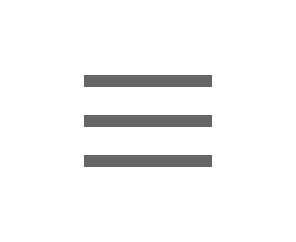Goods and services can be characterised by trademarks. The trademark acts as a sign of origin, trust and advertising: It allows consumers to assign a product to a particular producer, ensures compliance with certain quality expectations and serves as a marketing tool.
Protection can be obtained by registration in a trademark registry upon request or, under certain circumstances, by use. A trademark is registered and protected for certain goods and services as summarised in the Nice classification. The initial term of protection is ten years but can be renewed indefinitely. The trademarks may be a word, a logo, a sound sign, a slogan or a three-dimensional sign.
In addition to a national trademark there is the option of a European Union trademark (EUTM) for the European Union or an international registered trademark.
The EUTM offers protection in all member states of the European Union by application at the European Union Intellectual Property Office (EUIPO). However, if there is a barrier to registration in only one member state, the trademark may not be issued as a EUTM.
International trademark: The World Intellectual Property Organization (WIPO) issues a bundle of property rights from a central registration procedure with the property rights effective in all countries designated by the applicant. Requirement is a national application or a EUTM-application.






